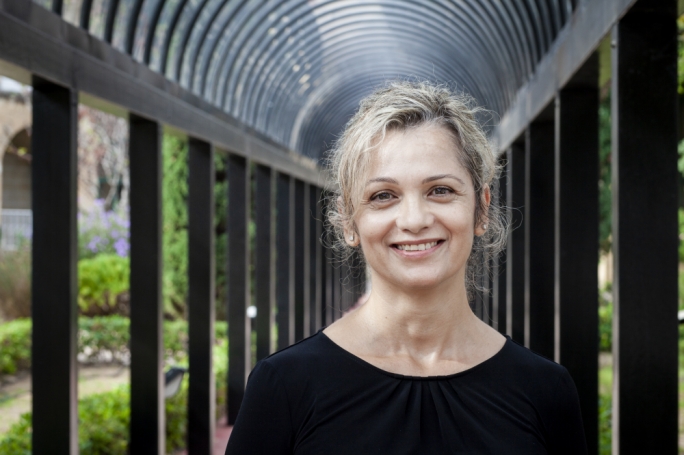
Coastal and marine sustainability: turning hope into certainty
Malta’s Strategic Plan for the Environment and Development advocates for the preservation of Malta’s coastal and marine zones. Michelle Borg, from Malta’s Planning Authority, explains why

The evolution of coastal and marine spatial planning has been a crucial step in making use-management of these areas a reality. In Malta, the discipline is still relatively young, particularly when speaking about the island’s marine territory. Before the introduction of the SPED in 2015, a policy framework that specifically guided development of Malta’s coastal and marine areas was missing.
The SPED was created as a holistic guide for Malta’s socio-economic development and the protection of its natural surroundings. “We translated our country’s objectives for sustainable development into a spatial vision for Malta’s urban, rural, coastal and marine zones, ” explains Michelle Borg, head of the PA’s Green and Blue Development Unit, which promotes sustainability within Malta’s development trajectory.
The coast is Malta’s most sought-after area with the greatest diversity of uses, including residential, recreational, industrial, infrastructural, touristic and aquacultural. Above all, it is home to the country’s richest biodiversity. Back in 2015, however, Malta’s coastal zone and marine area was not covered by an adequate planning policy, leading to conflicts because coastal space was being consumed by existing and new types of uses which at times threatened the displacement of others and led to environmental impacts.
“Coastal and marine spatial distinctions form the Urban and Rural areas, which are not always clear-cut, and managing their multiple uses is challenging,” continues Ms Borg. “Parts of the coast have to accommodate uses that service the Urban Area, particularly Malta’s strategic infrastructure like energy generation, desalination plants and sewage treatment centres. Other coastal uses such as ports have defined the quality of the spatial context in which they are found. Yet, this shouldn’t be to the detriment of natural features, especially in rural coastal areas where agriculture and the open landscape dominate.”

The protection of recreational activities and biodiversity in Malta’s coastal and marine zones is dominant in the SPED. “The plan provides a direction to ensure that coastal and marine development must be in line with the relevant environmental objectives and shields the public’s use of the coast and sea,” explains Ms Borg. “The SPED stipulates that swimming zones, dive sites or other coastal recreational areas cannot be displaced. But, it remains a high-level document. The intention was for its objectives to feed into subsidiary plans to guide both the submission of, as well as decisions on development proposals. ”
The SPED is Malta’s first marine spatial plan, which is a significant step towards supporting sustainable growth in the country’s marine environment – or ‘blue growth’. The sea is a big driver of the European economy, where new sectors are evolving, and while the SPED was being prepared, the EU was also crafting a Directive for the implementation of marine spatial planning. Adopted in 2014, the Maritime Spatial Planning Directive urges Member States to organise their use of space at sea to promote blue growth, for both traditional and emerging maritime economic activities.
“As the SPED covers a marine area extending up to 25 nautical miles, the PA has been working with other authorities to co-ordinate actions linked to maritime spatial planning,” says Ms Borg.
“A spatial plan for the coast and sea is vital,” asserts Ms Borg, “because it takes lots of factors into account, including land development, sea ecosystems and the implications of climate change. As an island, we depend on the sea, so it must be given the same level of planning consideration that we provide to the land.
“In fact, in supporting blue growth, the SPED identified the marine area as having great potential for renewable energy technology. While as yet we do not have large scale installations servicing our ever increasing energy demands, there is still the opportunity to help carve a new niche in research and development in this field, thanks to the marine space. ”
In her final comments, Ms Borg stresses that effective planning and consolidated action go hand in hand, and sustainability relies on both. “Besides supporting social wellbeing and economic growth, strong planning is a tool that protects our natural surroundings. Our present actions shouldn’t impede our lives in the future. The question, though, is how willing are people to overlook personal goals, or pressure from lobbies, and focus a bit more on the common good? Ultimately, this is what the future of Malta’s environment, climate, coast and sea hinges on.”
More information is available at: https://www.pa.org.mt/strategic-plan



